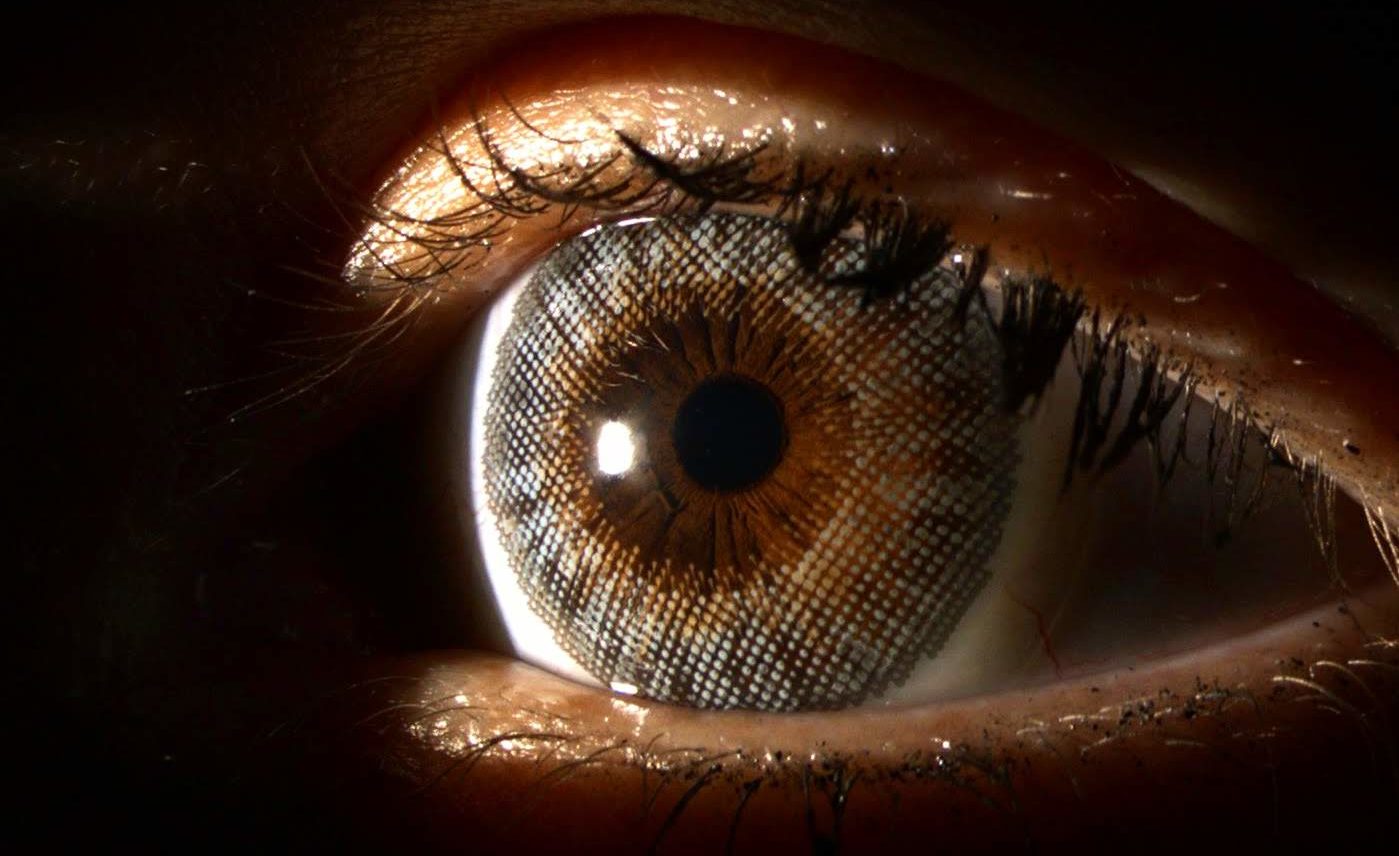
If you are an optometrist working in primary care, you likely cringe when you read “interest in colored contacts for Halloween” on your appointment notes. Though contact lenses can be worn year-round, there is undoubtedly a surge in the number of patients interested in taking costume coordination to the next level during the weeks leading up to October 31st.
When worn as intended, colored contact lenses can be unremarkable. But the alarm bells should sound when your patient makes an appointment for contact lenses and says something like, “I just want contact lenses for my Halloween costume, so I don’t need the whole eye exam stuff.” Patient education is key to preventing not only the patient from experiencing ocular surface damage due to improper handling of contact lenses, but for establishing realistic expectations as well. The more education we do on the front end, the less danger a patient poses to his or her eyes on the back end.
As eye care professionals, it is our duty to ensure that patients get the proper information and guidance when it comes to contact lenses. No matter how many times you think you’ve said something to a patient or how much they seem to know, the best way to avoid the number of patients that make questionable decisions regarding contact lenses is to say it again.
Though it might seem obvious, here are some reminders your contact lens patients need to hear you say:
-
“Contact lenses are medical devices”
Most contact lenses are considered Class II or Class III devices. Almost half of all medical devices, including soft contact lenses and their associated materials, fall under the category of Class II. Class III devices usually sustain or support life, are implanted, or present potential unreasonable risk of illness or injury. Examples of Class III devices include implantable pacemakers and breast implants. Even though only around 10% of medical devices fall under this category, Rigid Gas Permeable (RGP) lenses and extended wear contact lenses are part of this tier. This information is a great tool to educate your contact lens over-wearers or those who minimize the potential risks of contact lens mishandling.
-
“A full eye exam is required”
It makes perfect sense to an optometrist why a full exam is needed, but rarely does a potential new-wearer of contact lenses accept this and move on. In fact, if the office staff doesn’t have a scripted response at the ready, the patient may feel like the only reason for this is because there is an opportunity for the doctor to charge more money. The importance of the staff understanding the reason behind why a contact lens prescription requires a full eye exam cannot be overstated. Your scripted response should include explanations about the need for any refractive error to be accounted for in the contact lenses, the need to see the fit of the contact lenses on the eye, and the need for the optometrist to rule out existing corneal pathology that could potentially harm the eye when contact lenses are worn.
One of the most frustrating things even the most seasoned contact lens wearer hears is the need for a contact lens fitting, even if the patient has a current contact lens prescription. For these current contact lens wearers, it may seem pointless to have to make an appointment and try lenses on, especially if there is an additional fee associated with this office visit. In these situations, it is important for the staff to be able to handle the scenario and educate the patient on how there are different materials and breathability of lenses; one good fit does not mean all contact lenses will be a good fit.
-
“An order must be placed, even if you just want one pair”
Patients with an appointment specifically for colored or costume-related contacts tend to be new to contact lenses altogether. It is important to let them know that your office (most likely) doesn’t keep them in stock and these lenses will have to be ordered just like all other contact lenses. I’ve experienced patients that went through the whole exam and fitting only to be told they couldn’t wear the diagnostic trial lenses out the door. For your plano, twenty-something patient, this can take the wind out of their sails, especially if the plan was to wear them to the Halloween party on Saturday and it’s Friday afternoon. If the patient knows there is a delay in receiving the lenses up front, upset patients can be avoided.
Something else that may be encountered with contact lens patients is the question about ordering online. Some brands make contact lenses geared more toward artistic design rather than corneal health. A quick Google search of “cat eye contacts” or “demon contacts” reveals an overwhelming amount of information a patient must digest in deciding how to go about ordering Halloween lenses.
Though the Federal Trade Commission is meant to protect the patient, it may also backfire when it comes to the ability for a patient to order lenses online. The Fairness to Contact Lens Consumer’s Act, passed by Congress in 2003, states that prescribers must release a contact lens prescription to a patient and may not tie the prescription release to the purchase of lenses from the prescriber. Sellers may dispense lenses only in accordance with a prescription that the patient or prescriber presents directly to the seller, or that has been verified by the prescriber. However, there are a few loopholes that may allow a patient to order online without a prescription or, even if a current contact lens prescription is on file, order an incorrect prescription.
The seller, whether another doctor’s office or an online vendor, must submit an attempt to confirm the contact lens prescription with the provider from which it was written. After an attempt has been made, the prescribing provider has eight business hours to decline the confirmation if an error exists. Otherwise, a lack of an attempt to communicate with the seller is assumed verified. The automatic fulfillment system offers an opportunity for patients that don’t have a current prescription to purchase contact lenses online. This automatic fulfillment loophole is the likely reason behind the question, “How is it that I need an appointment when my friend just orders online without a prescription?”
If providers want to ensure that nothing is getting filled without confirmation, take a few minutes to look at the information online vendors have for your office and correct any mistakes. This is especially important because the clock for the eight-hour time frame is based on the hours of operation that a seller has on file for a provider.
-
“Colored contact lenses have an expiration date”
There is information that even the best patient rapport won’t get you, which certainly includes contact lenses. From working the front desk at an optometry practice in college, I heard patients tell me a variety of “dirty little secrets” time and time again. Some of these included how they kept their colored contacts from last year in a “clean contact case” with “fresh solution,” or how they know they’re supposed to throw out the lenses after 30 days but kept wearing them for several more weeks because the lenses “still felt okay.” It’s like going to the dentist and hearing, “Yeah, I don’t floss until the weeks leading up to my appointment” – this is just not something you’re likely to hear.
For the patients that are new to contact lenses or typically wear extended contact lenses, it is important to emphasize the time frame in which the lenses must be thrown out. Depending on the lens, this might be at end of the day, at the end of the month, or at the end of 90 days. This goes back to emphasizing the fact that contact lenses are a medical device and have potential to cause harm to the eyes if not handled as intended. Make sure your patient is aware of an expiration date that reflects opened vs. unopened scenarios. If the lenses are still in a sealed blister pack, the expiration date indicates the date that the sterility of the contact lens may be compromised. When talking about an expiration date for opened, extended-wear contacts, it is important to remind patients that even if they only wear the lenses a handful of times, they should follow the wearing schedule and replace the lenses as if they were worn every day.
-
“Don’t share contact lenses”
This might seem like an obvious statement to most, but don’t assume anything when it comes to contact lenses. Just like teenagers might share makeup, some patients might think it’s okay to wear each other’s cosmetic lenses. Sending a contact care sheet will help with compliance, but be sure to go over the information in-office. In fact, some practices require a signature from the patient acknowledging the guidelines for his or her specific lenses, which is scanned and uploaded to the patient’s chart.
It is important to take the time to ensure these patients, even those without refractive error, are handling lenses in a safe and healthy manner and understand the reason behind the prescribing and fitting process. Colored contact patients can help grow your practice, but don’t skip out on patient education!

